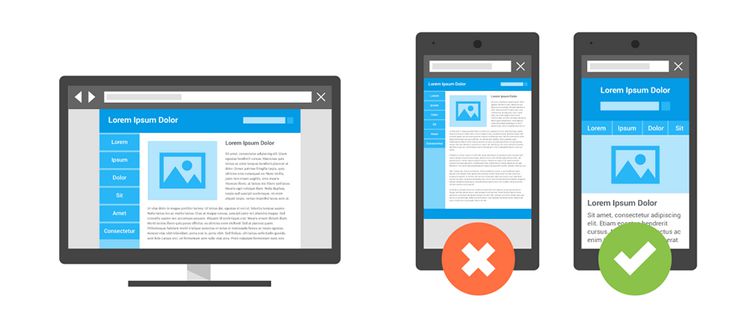One element of web marketing that you can always rely on to stay the same is that nothing stays the same for very long. Page rankings and search engines are every bit as changeable as the reading habits of the customers who use them, though often for very different reasons.
Anyone with any kind of web presence will be familiar with the perpetual tweaking and repositioning that has to take place behind the scenes in order to keep your online profile relevant and high in those search results. Yet every once in a while, search engines will introduce fundamental changes to the way they rank pages, forcing everybody to rethink their own strategies.
This is precisely the way that 2015 has begun, with Google announcing a new emphasis on mobile friendly content. By the end of April (only a week or so away!), the search engine will have begun showing results that prioritise sites and content that is optimised for mobile viewing.
This will result in many websites moving to mobile-ready designs and content. But we will look at how, ultimately, a move to a mobile friendly web is good for your business and your customers, and how you can use these changes to your advantage.

Even the most diligent web design company is likely to feel the affects of this latest round of alterations to Google’ssearch engine algorithm, because they have such broad implications. But every creative agency and webmaster who addresses these changes in a rational and imaginative way will be well positioned to reap the rewards of the new system.
The Changes
There are two main changes:
- Firstly, app-based services that use Google’s app indexing will be rewarded with preferential rankings. This is another clear indication that the search engine is working towards fusing the content of the old web with modern, app-based functionality. Crucially for developers, this change has already gone live.
- The second change, which comes into affect on April 21st 2015, means that sites will be labelled as mobile friendly if their content is optimised for viewing on a mobile device.
Sites that are mobile-friendly will enjoy more favourable rankings in mobile searches. The upshot of these changes is that there is unlikely to be a single quick fix, where a few lines of additional code will suffice.
But this is precisely why Google has announced the move in advance: giving webmasters the necessary time to at least begin to plan out and implement changes, and not be left behind.
Why Mobile? The Case for Change
2014 saw a definite turning point in the way we interact online. For the first time, the total amount of time spent online was primarily experienced through mobile devices, rather than desktop computers. With the strong sales and ever-increasing specifications of mobile handsets, it is a trend that seems set to continue.
Planning an Effective Response
First of all, it is useful to remind yourself that everybody will be affected by these alterations. At this stage it’s unlikely that most players in your industry are already fully prepared. However, that is no excuse to give anybody a head start, and the sooner you implement changes, the stronger the hand you can play later on.
There is plenty of support to help you. Google provides a comprehensive set of guidelines for the mobile web, plus an instant test to check in real time whether your website qualifies as mobile friendly.
Finally, you can look at this whole project as digital spring-cleaning: use this move towards mobility as the catalyst for more fundamental changes to your online presence that you may have been planning.
With greater consideration being given to the smaller screen sizes, the mobile web is a place of fresher, cleaner designs. Think of ways that you can appeal to new clients and customers, as well as to the search engines.
Related Topics
Top